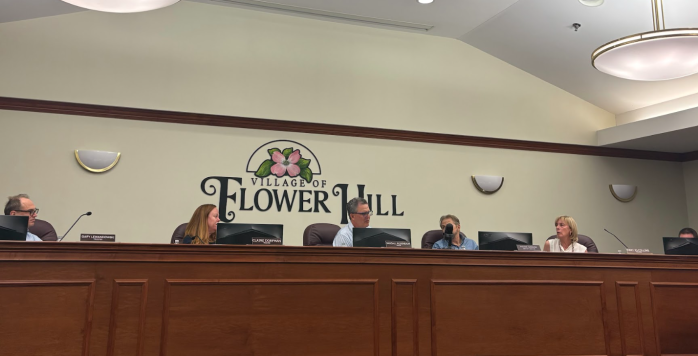DuPont and 3M wittingly sold products containing toxic chemicals that contaminated Long Island drinking water supplies for decades, three local government entities claim in new lawsuits.
The Village of Mineola, Carl Place Water District, and Port Washington Water District filed the suits against the manufacturing conglomerates in Central Islip federal court. The goal is the get the companies to pay for installation of expensive treatment facilities to remove the toxins from drinking water wells, as now mandated by recently increased New York State drinking water standards.
“Mineola, together with a few other forward-thinking municipalities, has commenced its lawsuit seeking to force those responsible for the pollution to pay for these costs so that our taxpayers do not have to absorb the costs of the polluters’ decades-old misconduct,” the village said in a statement Tuesday. “This lawsuit does not affect the water flowing today to homes, businesses, or schools, but is designed to protect our taxpayers.”
The toxins are per- and polyfluoroalkyl substances [PFAS], a class of chemicals that include perfluorooctanoic acid [PFOA] and perfluorooctane sulfonic acid [PFOS], which have consumer, business, and industrial uses. The U.S. Environmental Protection Agency warns that the chemicals can be toxic at low levels and can be carcinogenic. The suit notes that the chemicals are particularly dangerous to pregnant women and young children.
Representatives of 3M Company issued a statement indicating that it will “vigorously defend its environmental stewardship.” Also named as defendants are 3M subsidiary Dyneon and The Chemours Company, which was spun off from DuPont.
The suits allege that the companies “manufactured, marketed, sold, and/or promoted” PFAS and “knew or should have known that PFAS are highly soluble in water; extremely mobile; persistent; very likely to contaminate surface and groundwater, including drinking supplies; and present significant risks to human health and welfare if released to the environment.”


































